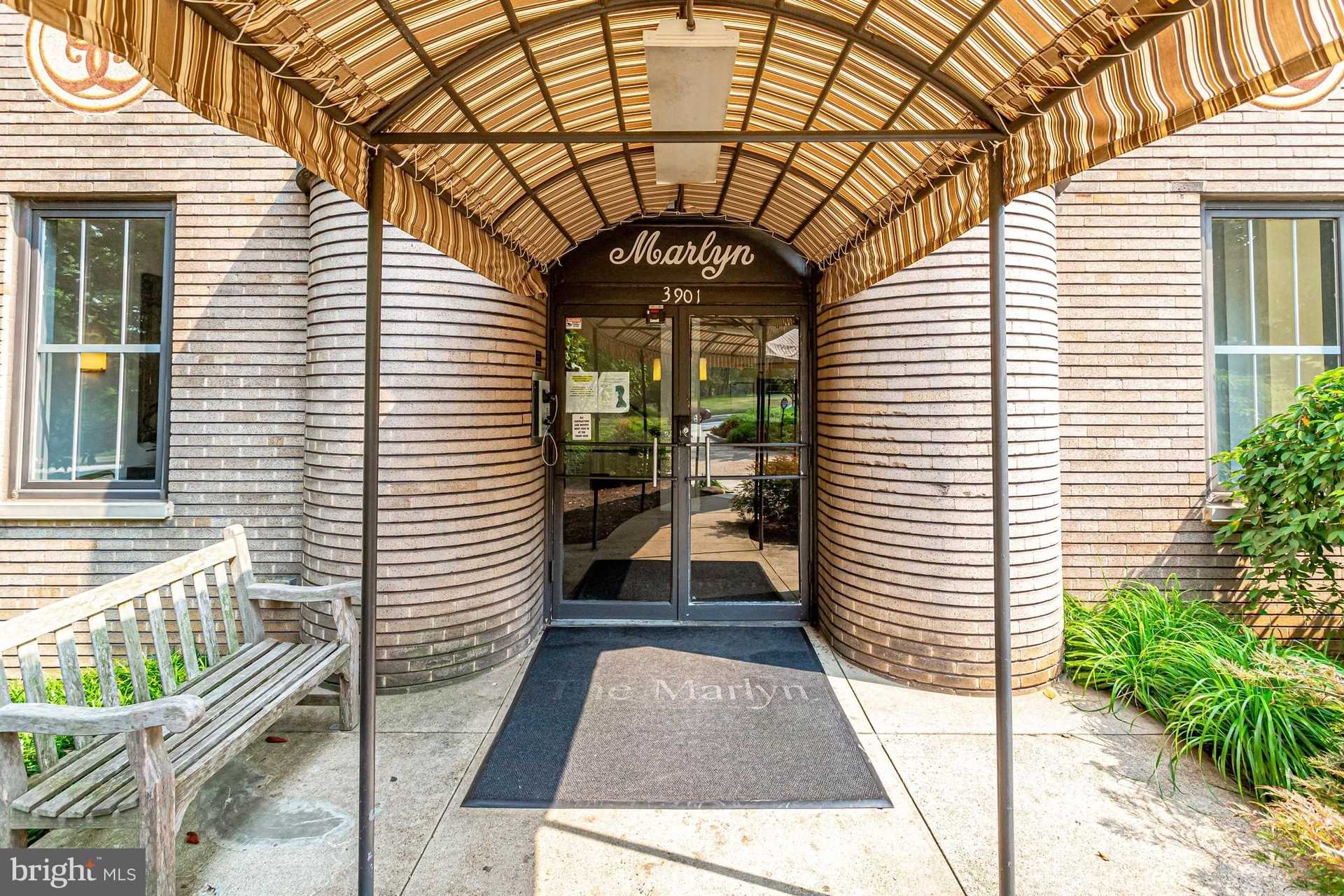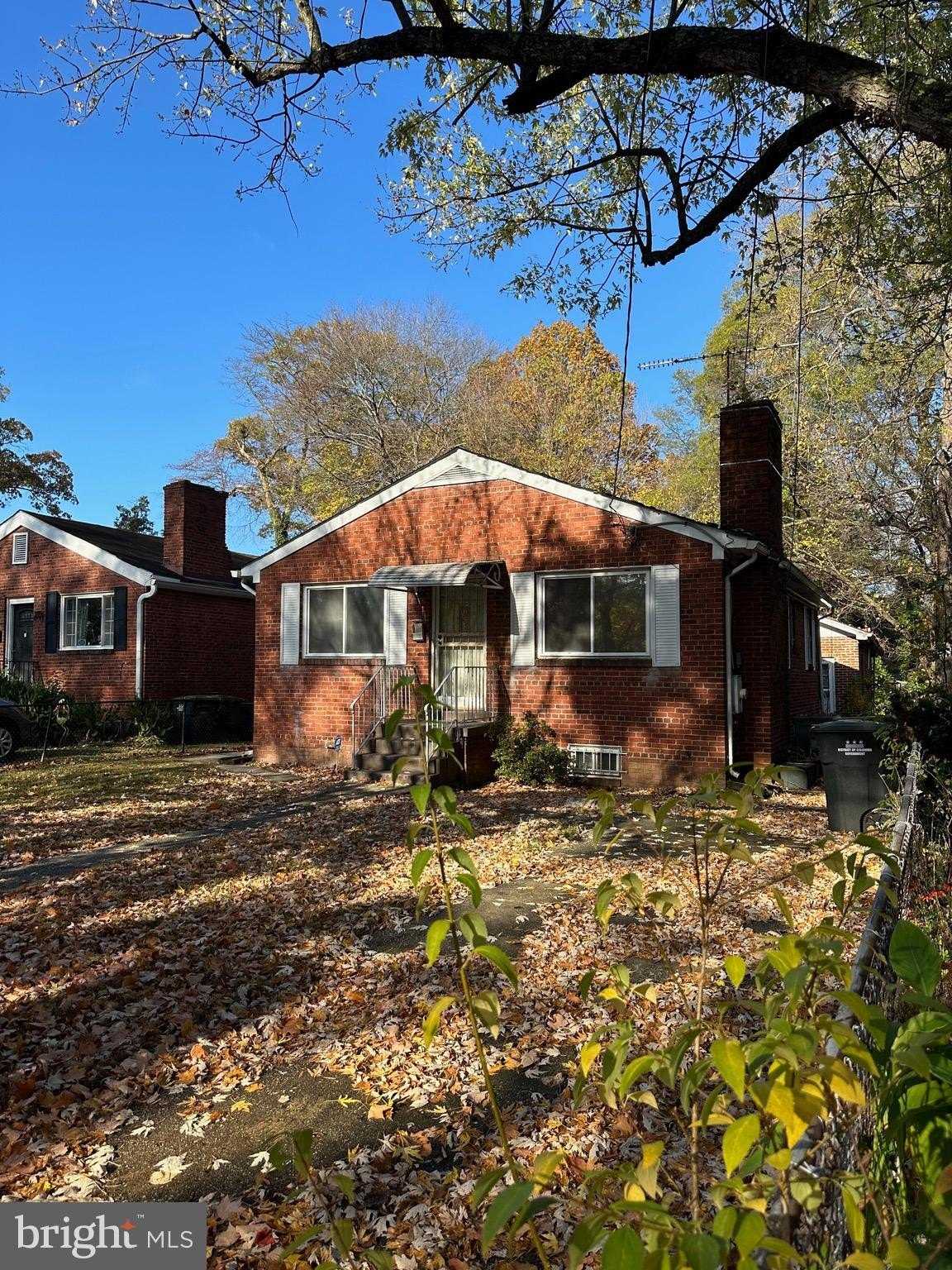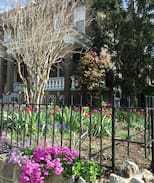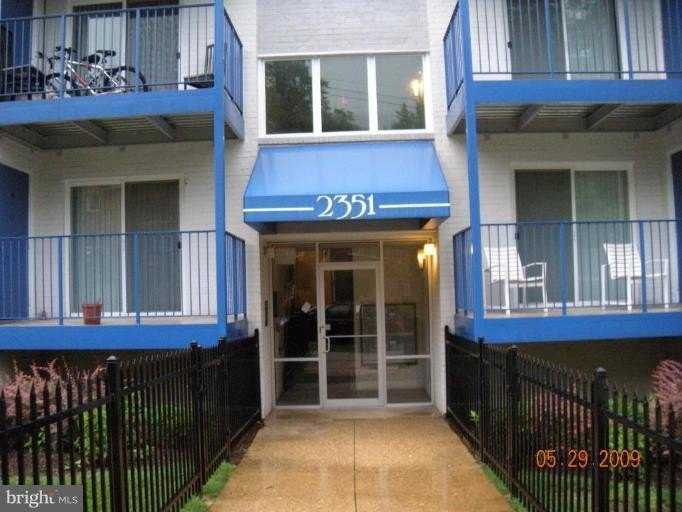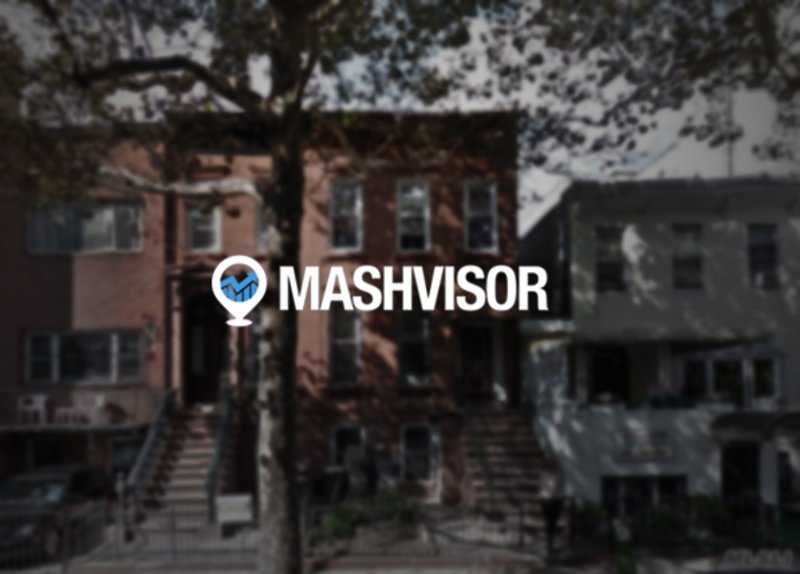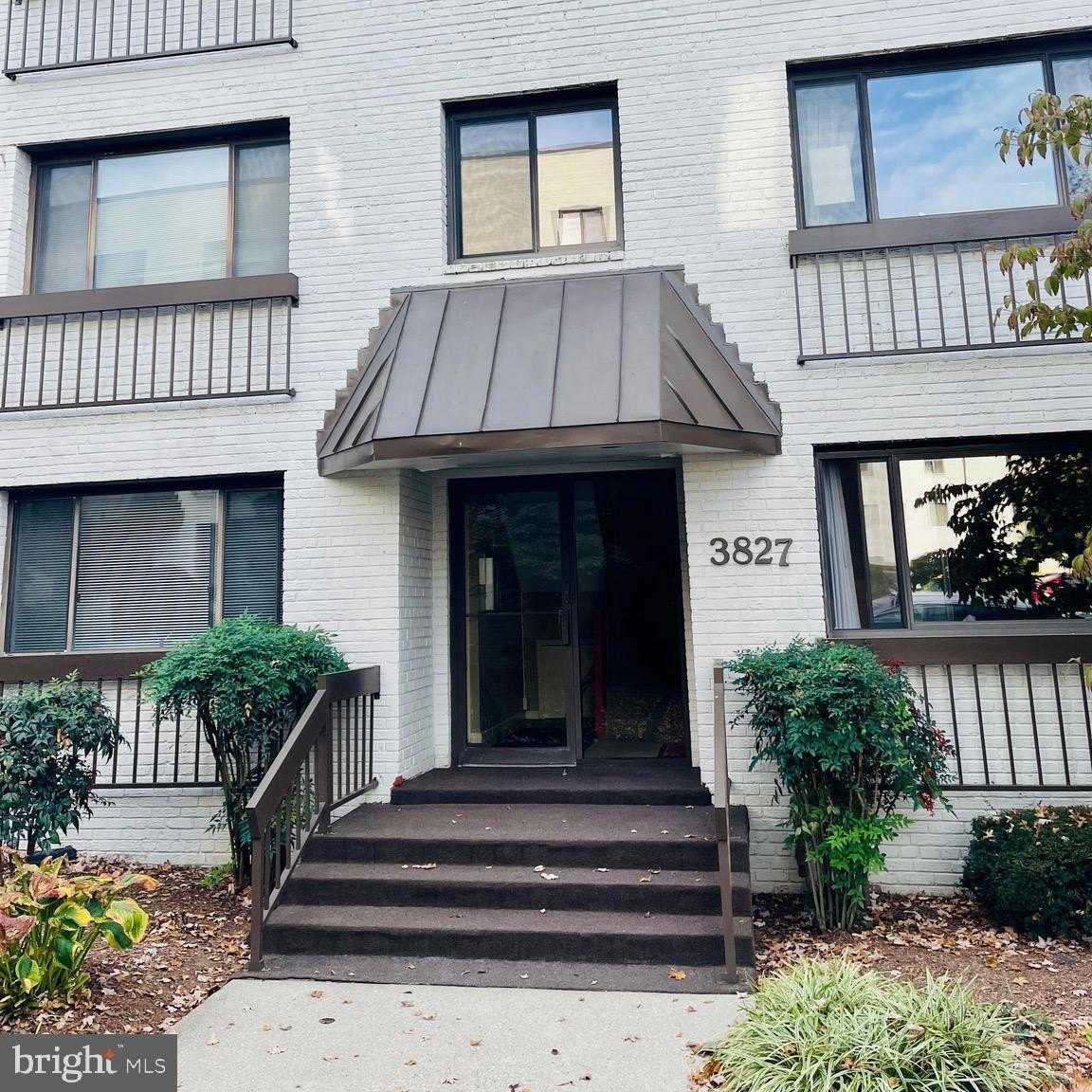
Washington Real Estate Market Performance
Washington DC's housing market stands as a beacon of opportunity for real estate investors. Nestled in the heart of political power, this market is characterized by its resilience and dynamic growth. In recent years, the median home value in Washington DC has seen a steady increase, reflecting the city's robust economic environment and its appeal as a prime living destination.
For investors looking to tap into the Washington DC real estate market, understanding the nuances of this unique area is crucial. The city boasts a diverse range of neighborhoods, each offering different investment potentials. Areas like Capitol Hill and Georgetown have long been coveted for their historical significance and steady appreciation rates, while emerging neighborhoods like NoMa and H Street Corridor are attracting attention for their rapid development and potential for growth.
A deep dive into the numbers reveals a market poised for long-term success. Rental yields in Washington DC consistently outperform many other major cities, driven by a high demand for housing and a limited supply. This demand is further bolstered by the city's stable job market, anchored by the federal government and a growing private sector. Additionally, Washington DC's property tax rates are comparatively lower than many other high-demand areas, offering an added incentive for investors.
As the market continues to evolve, staying informed and understanding the latest trends and statistics will be key for real estate investors looking to make the most of the opportunities in Washington DC. Whether you're a seasoned investor or just starting, the Washington DC housing market offers a landscape rich with potential and growth.
Seller’s market
Homes for Sale in Washington
Find PropertiesWashington, DC 20003Kingman Park
Washington, DC 20016Cathedral Heights
Washington, DC 20018Fort Lincoln
Washington, DC 20011Fort Totten
Washington Homes for Sale
The market for homes for sale in Washington DC presents a diverse and dynamic landscape for potential buyers and investors. Currently, the inventory of homes in the city is experiencing a modest increase, with a 4% rise in listings compared to the previous year. This shift offers more options for buyers, balancing the market slightly away from the seller-heavy trends of past years.
Washington DC's median listing price for homes now stands around $600,000, a figure that underscores the city's status as a premium real estate market. However, this average masks a wide range of prices across different neighborhoods. For instance, areas like Dupont Circle and Georgetown command higher prices due to their historic prestige and central location, while newer developments in areas such as Navy Yard are attracting buyers with more competitive pricing and modern amenities.
The average time on market for properties in Washington DC is currently around 35 days, slightly faster than the national average. This quicker turnover rate reflects the high demand and the fast-paced nature of the city's real estate market.
For buyers and investors considering Washington DC homes for sale, the current market conditions suggest a balance of opportunities. While prices remain high, the increasing inventory and the varied price points across different neighborhoods offer several entry points into this vibrant market.
Start your investment property search
Use analytics to find lucrative traditional or Airbnb properties in a matter of minutes.

Best Neighborhoods in Washington for Buying Investment Property
Identifying the best neighborhoods in Washington DC for investment property purchases involves analyzing market trends, rental demand, and future growth potential. Certain areas within the city are distinguished by their strong performance and appeal to investors.
Capitol Hill, renowned for its historical charm and proximity to government buildings, continues to be a sought-after area for investment properties. Its stable rental market, driven by government employees and contractors, makes it a reliable choice for long-term investments. Properties here maintain strong value retention and command competitive rental rates.
Another emerging neighborhood for investors is the Shaw area. Known for its vibrant culture and extensive redevelopment, Shaw has witnessed an increase in property values and rental demand. The influx of new restaurants, shops, and entertainment venues has made it particularly attractive to young professionals, translating into high rental occupancy rates.
The Navy Yard neighborhood is also gaining attention from investors. With its waterfront development, new housing complexes, and growing commercial spaces, it represents a blend of modern living and investment potential. The area's transformation has led to an increase in property values, making it an attractive option for those looking to capitalize on new developments.
In summary, neighborhoods like Capitol Hill, Shaw, and Navy Yard offer distinct advantages for investment property buyers in Washington DC. These areas combine cultural appeal, steady rental demand, and growth potential, making them prime choices for real estate investment.
Neighborhood Analysis in the Washington Real Estate Market
Washington Rent Prices
| RENTAL STRATEGY | STUDIOS | 1 BEDROOM | 2 BEDROOMS | 3 BEDROOMS | 4 BEDROOMS |
|---|---|---|---|---|---|
| Airbnb | $2,193 | $2,480 | $3,278 | $4,976 | $6,040 |
| Traditional | $1,911 | $1,785 | $2,468 | $3,508 | $4,118 |
Washington Property Trends

The Washington DC property market is currently experiencing a fascinating evolution, marked by a blend of both traditional stability and innovative growth. As of the latest reports, the average price of homes in Washington DC has escalated by approximately 5.3% over the past year, indicating a healthy and appreciating market. This trend is expected to continue, albeit at a more moderated pace, in the coming year.
One of the most notable trends in the Washington DC market is the increasing demand for multifamily properties. The city's demographic shift towards a younger, more urban-centric population has spurred a surge in demand for apartments and condos. This is reflected in the vacancy rates for multifamily units, which have consistently remained low, hovering around 3.5%. This presents a unique opportunity for investors looking to diversify their portfolios with rental properties.
Another key trend shaping the Washington DC market is the rise in new construction projects. Despite challenges like rising costs and regulatory hurdles, the number of building permits issued in Washington DC has risen by 8% year-over-year. This indicates a robust pipeline of new properties entering the market, which is likely to cater to the increasing demand for modern, amenity-rich living spaces.
Investors should also note the shift towards suburban areas in the wake of remote work trends. Suburbs around Washington DC are witnessing increased interest, particularly in areas with convenient access to the city. This decentralization trend suggests potential growth in suburban property values and rental rates.
In summary, the Washington DC property market presents a dynamic landscape, with evolving trends in multifamily demand, new construction, and suburban growth. Investors equipped with these insights can make strategic decisions to capitalize on these emerging opportunities.
Washington Real Estate Appreciation and Property Values
In the realm of real estate appreciation and property values, Washington DC continues to outshine many other markets, demonstrating robust growth and resilience. Over the past decade, Washington DC has witnessed a consistent rise in property values, with an average annual appreciation rate that ranks among the highest in the nation. This trend is a testament to the city's enduring appeal and stable economic foundation.
The past year alone has seen an appreciation rate of around 7%, a noteworthy figure that illustrates the market's strength. This increase in property values is fueled by a combination of factors, including the city's limited housing supply and the high demand driven by its strong job market and desirable urban lifestyle.
Investors and homeowners in Washington DC benefit from this steady appreciation. For instance, properties purchased in the city five years ago have, on average, increased in value by approximately 20-25%, showcasing the potential for significant returns on investment.
This positive trajectory in real estate appreciation positions Washington DC as a prime market for both long-term investment and immediate real estate ventures. The city's consistent growth in property values offers a compelling opportunity for those looking to invest in a market with proven stability and promising future prospects.
Washington Homes for Sale Below Median Price
Find PropertiesWashington, DC 20003Kingman Park
Washington, DC 20016Cathedral Heights
Washington, DC 20018Fort Lincoln
Washington, DC 20011Fort Totten
Airbnb Calculator for Investment Properties in Washington
For investors in Washington DC looking to delve into the Airbnb market, an Airbnb Calculator is an indispensable tool. This calculator helps in estimating potential rental income, occupancy rates, and return on investment for properties intended for short-term rentals. By inputting specific property details and local market data, investors can gain valuable insights into the financial viability of their Airbnb ventures in Washington DC.
The calculator takes into account factors unique to the Washington DC market, such as seasonal tourist influx, event-driven demand, and specific neighborhood trends. It aids in making informed decisions by providing a comprehensive financial projection, including expected revenue, operational costs, and cash flow analysis. This tool is particularly useful in a diverse and regulation-intensive market like Washington DC, enabling investors to strategically select properties and optimize their Airbnb business model for maximum profitability.
Washington Airbnb Occupancy Rate
The occupancy rate for Airbnb properties in Washington DC is a critical metric for investors and hosts in the short-term rental market. Recent data indicates that the average Airbnb occupancy rate in Washington DC hovers around 70%. This rate, however, can fluctuate significantly based on factors such as location, seasonality, and local events.
Neighborhoods in close proximity to major tourist attractions, government buildings, and business districts typically experience higher occupancy rates. For instance, areas like Capitol Hill, Dupont Circle, and Georgetown often see occupancy rates exceeding the city average, especially during peak tourist seasons and major political events.
Seasonality plays a crucial role in occupancy rates as well. Spring and fall, with their numerous festivals, conferences, and pleasant weather, generally witness the highest occupancy rates. Conversely, the winter months often see a dip, except during major events or holidays.
Understanding these trends is crucial for Airbnb investors in Washington DC. It enables them to anticipate demand fluctuations and optimize their pricing strategies accordingly. By closely monitoring and adapting to these occupancy trends, hosts can maximize their earnings potential and maintain a competitive edge in the vibrant Washington DC Airbnb market.
Top Washington Airbnb Properties
Find PropertiesWashington Airbnb Investment Analysis
The Airbnb market in Washington DC presents a unique investment opportunity, characterized by a dynamic blend of short-term rental demand and regulatory considerations. In recent years, Washington DC has emerged as a hotspot for Airbnb investments, thanks to its status as a major tourist destination and a hub for business and political events.
Current data indicates that the average daily rate (ADR) for an Airbnb property in Washington DC is around $150, with the potential for higher rates during peak seasons like summer and during major events. Occupancy rates for Airbnb properties in the city average around 70%, a healthy figure that underscores the strong demand for short-term rentals.
Investors considering the Airbnb route in Washington DC should be mindful of the specific regulations that govern short-term rentals. The city has implemented rules that require Airbnb hosts to obtain licenses and adhere to certain operational standards. This regulatory environment ensures a level playing field and maintains the quality of offerings in the market.
The profitability of Airbnb investments in Washington DC is influenced by factors such as location, property type, and management efficiency. Properties located near tourist attractions, major business districts, or public transportation tend to perform well. Additionally, investors who effectively manage their properties, either personally or through a property management service, can optimize their occupancy rates and overall returns.
In conclusion, while Airbnb investments in Washington DC offer promising returns, they also require careful consideration of market dynamics and regulatory compliance. For savvy investors who navigate these aspects well, the Airbnb market in Washington DC can be a lucrative addition to their real estate portfolio.
Airbnb Growth and Regulations in the Washington Real Estate Market

The Airbnb sector within Washington DC's real estate market has seen significant growth, reflecting a shift in how people travel and stay in the city. This growth, however, comes hand-in-hand with a set of evolving regulations aimed at maintaining a balance between the benefits of short-term rentals and the needs of local communities.
Washington DC has experienced a year-on-year increase in Airbnb listings, with a notable rise in diverse property types ranging from studio apartments to larger townhouses. This growth highlights the increasing popularity of short-term rentals among both tourists and business travelers. The average occupancy rate for Airbnb listings in the city remains high, suggesting a sustained demand.
To manage this growth, Washington DC has implemented regulations that require Airbnb hosts to register their properties and adhere to specific operational guidelines. These regulations include restrictions on the number of days a property can be rented out annually and the requirement for hosts to maintain a primary residence in the city. These measures aim to prevent the depletion of long-term rental stock and preserve neighborhood integrity.
Investors and hosts in the Airbnb market must stay informed about these regulations to ensure compliance and sustain profitability. Understanding and navigating these rules is essential for successful participation in Washington DC's evolving Airbnb landscape. The city's approach to regulation serves as a model for balancing growth with community interests, making it a key consideration for those looking to invest in the Airbnb market.
Washington Rental Properties and Rent Prices
The Washington DC rental market is experiencing significant shifts, with implications for both landlords and tenants. Currently, the average rent for an apartment in Washington DC stands at approximately $2,200 per month, a figure that has seen a moderate increase over the past year. This upward trend in rent prices is indicative of the high demand for rental properties in the city, driven by its diverse and growing population.
In terms of rental property types, there's a notable demand for one and two-bedroom apartments, which constitute the majority of the rental market in Washington DC. These units have seen the highest increase in rent, partly due to their popularity among young professionals and small families. The luxury apartment segment is also witnessing a surge in demand, with renters showing a willingness to pay a premium for amenities and convenience.
Investors in Washington DC's rental market should note the occupancy rates, which remain high, hovering around 95%. This strong occupancy rate, coupled with rising rents, suggests a healthy rental market with potential for steady income streams. However, it's important for investors to stay abreast of the local regulations regarding rental properties, as Washington DC has specific laws that govern rent control and tenant rights.
For those considering investment in Washington DC rental properties, the current market offers opportunities, particularly in popular neighborhoods and for properties that cater to the city's changing demographic preferences. As rent prices continue to trend upwards, strategic investments in this sector can yield favorable returns.
Traditional Rental Properties in Washington
In the vibrant landscape of Washington DC's real estate, traditional rental properties hold a unique and significant position. These properties, typically encompassing single-family homes, townhouses, and classic apartment buildings, remain a staple in the Washington DC rental market. The demand for traditional rentals remains robust, driven by tenants seeking the charm and comfort of established neighborhoods.
The average rent for traditional rental properties in Washington DC varies widely depending on location and property type. For example, a two-bedroom townhouse in historic Georgetown may command higher rent compared to a similar property in the emerging Anacostia neighborhood. This variance highlights the diverse range of rental options and price points available in the city.
Despite the influx of modern apartment complexes, traditional rentals maintain their appeal, often offering more space and a sense of community. The occupancy rates for these properties are consistently high, with many neighborhoods experiencing near-full occupancy. This is particularly true for areas with easy access to public transportation and essential amenities.
Investors interested in traditional rental properties in Washington DC should consider factors like property age, maintenance costs, and location desirability. While these properties may require more upkeep than newer units, they often yield long-term tenancies and stable rental income, making them a worthwhile investment for those focused on enduring value and steady market performance.
Washington Homes for Rent
Find PropertiesWashington Transportation
Transportation in Washington DC is a key factor for residents and investors alike, offering a comprehensive network that makes the city highly accessible. The city's public transportation system, spearheaded by the Washington Metropolitan Area Transit Authority (WMATA), provides extensive metro and bus services. The metro system, with its six lines and over 90 stations, covers a vast area, connecting key neighborhoods and suburbs. Buses complement this network, ensuring even areas not directly served by the metro are accessible.
For those preferring personal vehicles, Washington DC's grid layout eases navigation, though traffic can be heavy during peak hours. Additionally, the city promotes sustainable transportation through bike-share programs and dedicated cycling lanes, enhancing mobility and contributing to a greener urban environment. This diverse transportation ecosystem plays a crucial role in the city's livability and real estate appeal.
Amenities in the Washington Real Estate Market
Educational Facilities
Educational Facilities in Washington
Washington DC is renowned for its rich educational landscape, boasting an array of top-tier schools and higher education institutions. This city is home to a diverse mix of public, charter, and private schools, alongside world-class colleges and universities, making it a hub for academic excellence.
Top 5 Schools in Washington DC:
- Sidwell Friends School: Known for its rigorous academic program.
- St. Albans School: A prestigious all-boys school with a strong emphasis on holistic education.
- National Cathedral School: An all-girls school celebrated for its academic and extracurricular offerings.
- Gonzaga College High School: A Jesuit high school with a rich history.
- BASIS DC: A charter school recognized for its challenging curriculum.
Top 5 Colleges and Universities:
- Georgetown University: A world-renowned institution known for its programs in international relations and law.
- George Washington University: Offers a wide range of undergraduate and graduate programs.
- American University: Known for its School of International Service.
- Howard University: A leader in African American studies.
- Catholic University of America: The national university of the Catholic Church in the United States.
These educational facilities contribute significantly to the intellectual and cultural fabric of Washington DC, attracting students from around the globe.
Banks
Banks in Washington
Washington DC hosts a robust banking sector, catering to the diverse financial needs of its residents and businesses. The city's banking landscape is characterized by a mix of large national banks and community-focused institutions, ensuring a wide range of services from personal banking to business financing. These banks play a pivotal role in supporting the local economy and real estate market.
Top 5 Banks in Washington DC:
- Bank of America: A leading national bank offering extensive services.
- Wells Fargo: Known for its wide-reaching branch and ATM network.
- Chase Bank: Offers comprehensive personal and commercial banking services.
- PNC Bank: Renowned for customer-focused services and community involvement.
- Capital One: A prominent bank with strong local presence and innovative banking solutions.
These banks stand out for their customer service, accessibility, and range of financial products, making them integral to the financial fabric of Washington DC.
Healthcare Facilities
Healthcare Facilities Washington
Washington DC's healthcare landscape is characterized by a range of top-tier hospitals and healthcare centers, offering advanced medical care to residents and visitors alike. The city is known for its concentration of specialized medical institutions, research facilities, and highly skilled healthcare professionals. This robust healthcare system plays a crucial role in the city’s overall quality of life and wellbeing.
Top 5 Hospitals/Healthcare Centers in Washington DC:
- MedStar Washington Hospital Center: The largest hospital in the city, known for its comprehensive care and specialty services.
- George Washington University Hospital: Offers a wide range of medical services and is affiliated with the prestigious George Washington University School of Medicine.
- Children's National Hospital: Renowned for pediatric care and advanced research in children’s health.
- Howard University Hospital: Provides a wide array of medical services with a focus on community health.
- Sibley Memorial Hospital: Part of Johns Hopkins Medicine, known for its innovative treatments and patient-centered care.
These healthcare facilities are integral to Washington DC, ensuring access to exceptional medical care and fostering advancements in healthcare.
Start your investment property search
Use analytics to find lucrative traditional or Airbnb properties in a matter of minutes.


